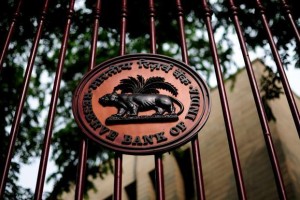
Reserve Bank of India on Wednesday made life a bit easier for banks by softening rules on liquidity measurement and risk management.
It said that banks do not need to consider retail deposits with maturity beyond a month for liquidity coverage ratio (LCR) calculation, giving more flexibility in their daily operations.
The banking regulator has also excluded pledged deposits with over 30 days residual maturity from the calculation.
There were some doubts over these issues and RBI addressed these on Wednesday. It has provided exemption to branches of foreign banks from submitting statement with regard to foreign currency.
In line with global standards to improve health of banks following the 2008 crisis, RBI prescribed LCR and Liquidity Risk Monitoring Tools for eliminating potential liquidity disruptions to survive acute stress scenario.
“In view of developments since the issue of the above circulars, feedback received from the stakeholders and experience gained, it has been decided to amend certain provisions of these guidelines,” the regulator said.
RBI said cash outflows related to retail term deposits with a residual maturity or withdrawal notice period of greater than 30 days can be excluded from total expected cash outflows if the depositor has no legal right to withdraw deposits within the 30-day horizon of the LCR.
Earlier, only bulk deposits over RS 1 crore where banks di not permit early withdrawal were exempted from LCR calculations.
The banks which are under acute stress in terms of sticky assets will now have it a bit easy on managing LCR rules.
Earlier, only bulk deposits over RS 1 crore where banks di not permit early withdrawal were exempted from LCR calculations.
The banks which are under acute stress in terms of sticky assets will now have it a bit easy on managing LCR rules.
